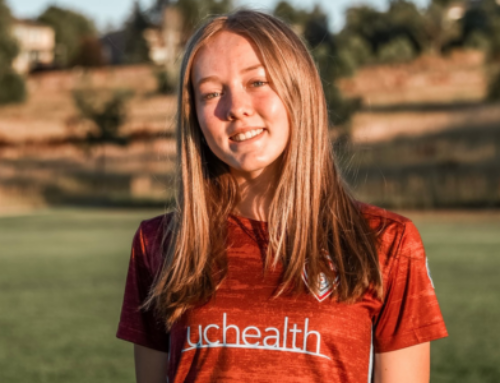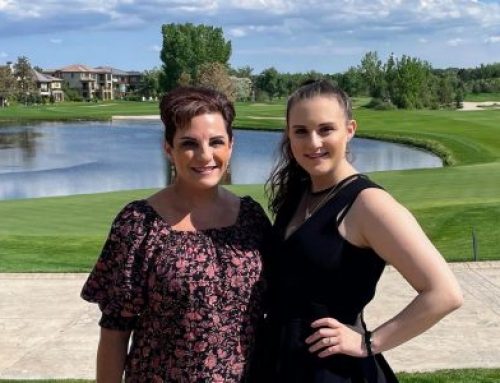By Aaron Rea, MDnn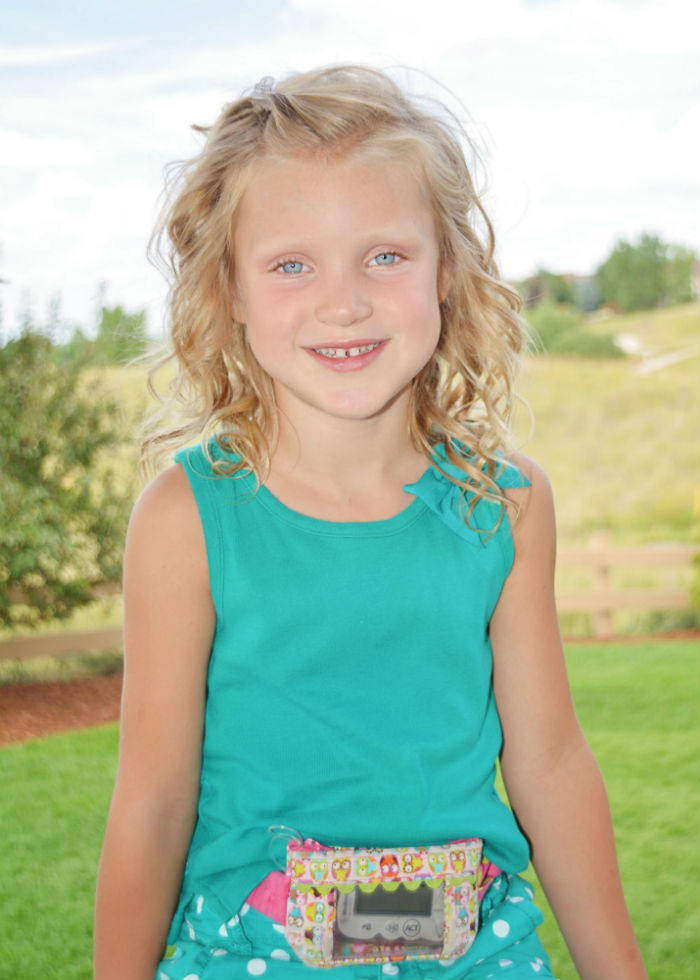 One day prior, I have to admit that I knew nothing about the Barbara Davis Center for Diabetes. I also knew very little about type 1 diabetes. I am a Johns Hopkins-trained anesthesiologist and had been in private practice in Denver for a little over two years when Margot was diagnosed. Throughout my medical school and anesthesia training, the curricula and exposure to T1D was superficial at best. Of course we learned about T1D, but the focus was much more on type 2 diabetes. On the day that would change our lives forever, I didn’t even know that a 2-year-old could be diagnosed with diabetes.nnUnfortunately, the collision of fatherhood and medicine occurred at 2 a.m. on December 30, 2010. Margot had been having a few classic symptoms of T1D over a 10 day time period. She seemed to be drinking more water during the day and at night, she was having episodes of soaking through her diapers and waking up with wet pajamas. My wife Nikki and I thought this just might be a phase. But my medical training had me thinking otherwise.nnOn December 30, we were visiting family for the Christmas holiday. On our second night in Lincoln, Nebraska, Margot again woke us up crying due to her soaking wet pajamas. We were staying with a family member who had type 2 diabetes and I figured there had to be an extra blood glucose meter laying around somewhere. In the dark of night, I rummaged through the kitchen and found a glucose meter and test strips. I told my wife I was going to just check Margot’s blood sugar so I could stop overthinking things.nnMargot’s first blood sugar reading was 535. An immediate lump in my throat formed, my heart rate jumped and my blood pressure elevated to the point where I could feel my heartbeat pulsing in my head and neck. My medical mind evaluated the number and I figured maybe the test strip had gone bad or maybe the meter was malfunctioning. I repeated the test on Margot, this time the meter read HIGH GLUCOSE. At this point, the meter had given me two results that I so desperately wanted to be in error. I decided that I needed a control sample of blood to prove the test strip and/or meter was malfunctioning. If I proved that the test strip or meter was not working properly, then we could all go back to sleep and enjoy the rest of the Christmas holiday.nnI poked my finger and tested my blood sugar. My worst fears were confirmed by the “96” that appeared on the meter’s screen. I can still remember the “buzz” I felt in my head and the ache that developed in my heart at that moment as if it was yesterday. I didn’t truly know what to expect in those first few moments, but I knew the life for my darling Margot, beautiful wife Nikki and sweet big sister Audrey would be forever changed.nn
One day prior, I have to admit that I knew nothing about the Barbara Davis Center for Diabetes. I also knew very little about type 1 diabetes. I am a Johns Hopkins-trained anesthesiologist and had been in private practice in Denver for a little over two years when Margot was diagnosed. Throughout my medical school and anesthesia training, the curricula and exposure to T1D was superficial at best. Of course we learned about T1D, but the focus was much more on type 2 diabetes. On the day that would change our lives forever, I didn’t even know that a 2-year-old could be diagnosed with diabetes.nnUnfortunately, the collision of fatherhood and medicine occurred at 2 a.m. on December 30, 2010. Margot had been having a few classic symptoms of T1D over a 10 day time period. She seemed to be drinking more water during the day and at night, she was having episodes of soaking through her diapers and waking up with wet pajamas. My wife Nikki and I thought this just might be a phase. But my medical training had me thinking otherwise.nnOn December 30, we were visiting family for the Christmas holiday. On our second night in Lincoln, Nebraska, Margot again woke us up crying due to her soaking wet pajamas. We were staying with a family member who had type 2 diabetes and I figured there had to be an extra blood glucose meter laying around somewhere. In the dark of night, I rummaged through the kitchen and found a glucose meter and test strips. I told my wife I was going to just check Margot’s blood sugar so I could stop overthinking things.nnMargot’s first blood sugar reading was 535. An immediate lump in my throat formed, my heart rate jumped and my blood pressure elevated to the point where I could feel my heartbeat pulsing in my head and neck. My medical mind evaluated the number and I figured maybe the test strip had gone bad or maybe the meter was malfunctioning. I repeated the test on Margot, this time the meter read HIGH GLUCOSE. At this point, the meter had given me two results that I so desperately wanted to be in error. I decided that I needed a control sample of blood to prove the test strip and/or meter was malfunctioning. If I proved that the test strip or meter was not working properly, then we could all go back to sleep and enjoy the rest of the Christmas holiday.nnI poked my finger and tested my blood sugar. My worst fears were confirmed by the “96” that appeared on the meter’s screen. I can still remember the “buzz” I felt in my head and the ache that developed in my heart at that moment as if it was yesterday. I didn’t truly know what to expect in those first few moments, but I knew the life for my darling Margot, beautiful wife Nikki and sweet big sister Audrey would be forever changed.nn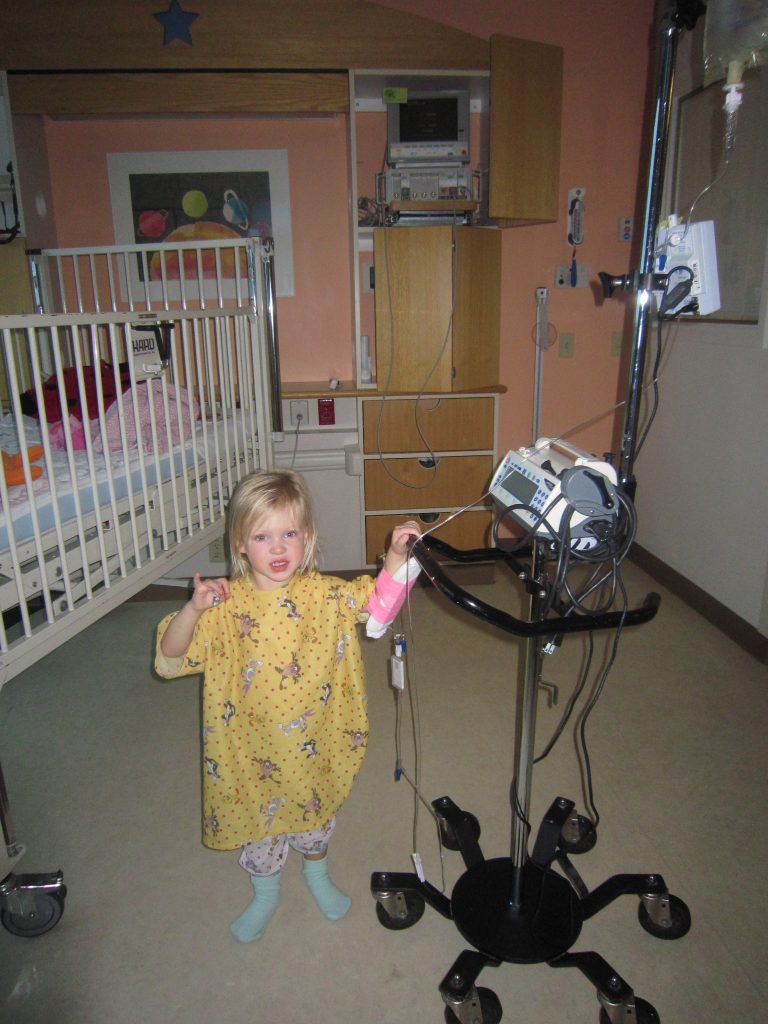 nnBy 7 a.m. on December 30, Margot was admitted to Children’s Hospital in Omaha, Nebraska. I was now trying my best to be more of a father and less of a physician, but at big moments like these, separating the roles is almost impossible.nnThe flood of information you receive at the hospital after your child is diagnosed with type 1 diabetes is simply overwhelming. As a physician, I was able to successfully process a lot of the medical information. As a father, I had a hard time seeing past the fact that my previously healthy child now had a life-threatening condition with no cure.nnI first learned about the Barbara Davis Center from the physicians and nurses at Children’s Hospital in Omaha. They told me one of the best type 1 diabetes centers in the world was located at the University of Colorado. They gave me a copy of the “Pink Panther Book” – Understanding Diabetes, by H. Peter Chase, MD and David M. Maahs, MD, PhD and told me the author was still a practicing physician at the Barbara Davis Center. Everything that day was a blur, but I distinctly remember someone telling me how lucky we were to live in Denver.nnThe Children’s Hospital in Omaha contacted the Barbara Davis Center for us and set up our first appointment with Paul Wadwa, MD. Our first appointment proved what everyone had told us. The Barbara Davis Center was a world class institution that cares not only for children with T1D, but their family members as well. Dr. Wadwa and the entire BDC team sat down with us, taught us about type 1 diabetes, answered question after question and reassured us that we could manage type 1 diabetes safely and effectively. If we ever have a question, concern, insurance issue or need anything related to Margot’s care, we call or go to the BDC.nnThe BDC integrates clinical medicine with leading research in the quest to improve diabetes care and ultimately find a cure. Margot has already participated in an insulin pump study aimed at developing the algorithms to be used in artificial pancreas research and development. Audrey, our oldest daughter, has participated in blood antibody studies for the siblings of those with T1D. The work being done by the BDC supports and improves the lives of those in my family and it also impacts the lives of those living with T1D around the world.nnDenver is known around the world for having the majestic Rocky Mountain Front Range, which dramatically rises to the west of our beautiful city. On a clear day, if you stand in the middle of Denver, you can see three imposing fourteen thousand foot peaks. Pikes Peak to the south, Mount Evans directly to the west, and Longs Peak to the north. From this same vantage point, patients and families affected by type 1 diabetes, can look to the east and know that the Barbara Davis Center for Childhood Diabetes stands for them at the University of Colorado. It can be a rock, a true foundation for those forced to live with type 1 diabetes. The work done within the walls of the Barbara Davis Center is nothing short of amazing and miraculous. I dream of the day when the Barbara Davis Center can close its doors because type 1 diabetes has been cured. Until then, I will advocate for and support those involved with the Barbara Davis Center as they continue their noble quest to conquer type 1 diabetes.nn
nnBy 7 a.m. on December 30, Margot was admitted to Children’s Hospital in Omaha, Nebraska. I was now trying my best to be more of a father and less of a physician, but at big moments like these, separating the roles is almost impossible.nnThe flood of information you receive at the hospital after your child is diagnosed with type 1 diabetes is simply overwhelming. As a physician, I was able to successfully process a lot of the medical information. As a father, I had a hard time seeing past the fact that my previously healthy child now had a life-threatening condition with no cure.nnI first learned about the Barbara Davis Center from the physicians and nurses at Children’s Hospital in Omaha. They told me one of the best type 1 diabetes centers in the world was located at the University of Colorado. They gave me a copy of the “Pink Panther Book” – Understanding Diabetes, by H. Peter Chase, MD and David M. Maahs, MD, PhD and told me the author was still a practicing physician at the Barbara Davis Center. Everything that day was a blur, but I distinctly remember someone telling me how lucky we were to live in Denver.nnThe Children’s Hospital in Omaha contacted the Barbara Davis Center for us and set up our first appointment with Paul Wadwa, MD. Our first appointment proved what everyone had told us. The Barbara Davis Center was a world class institution that cares not only for children with T1D, but their family members as well. Dr. Wadwa and the entire BDC team sat down with us, taught us about type 1 diabetes, answered question after question and reassured us that we could manage type 1 diabetes safely and effectively. If we ever have a question, concern, insurance issue or need anything related to Margot’s care, we call or go to the BDC.nnThe BDC integrates clinical medicine with leading research in the quest to improve diabetes care and ultimately find a cure. Margot has already participated in an insulin pump study aimed at developing the algorithms to be used in artificial pancreas research and development. Audrey, our oldest daughter, has participated in blood antibody studies for the siblings of those with T1D. The work being done by the BDC supports and improves the lives of those in my family and it also impacts the lives of those living with T1D around the world.nnDenver is known around the world for having the majestic Rocky Mountain Front Range, which dramatically rises to the west of our beautiful city. On a clear day, if you stand in the middle of Denver, you can see three imposing fourteen thousand foot peaks. Pikes Peak to the south, Mount Evans directly to the west, and Longs Peak to the north. From this same vantage point, patients and families affected by type 1 diabetes, can look to the east and know that the Barbara Davis Center for Childhood Diabetes stands for them at the University of Colorado. It can be a rock, a true foundation for those forced to live with type 1 diabetes. The work done within the walls of the Barbara Davis Center is nothing short of amazing and miraculous. I dream of the day when the Barbara Davis Center can close its doors because type 1 diabetes has been cured. Until then, I will advocate for and support those involved with the Barbara Davis Center as they continue their noble quest to conquer type 1 diabetes.nn
